Home proud: surveying the work of African architect Francis Kéré
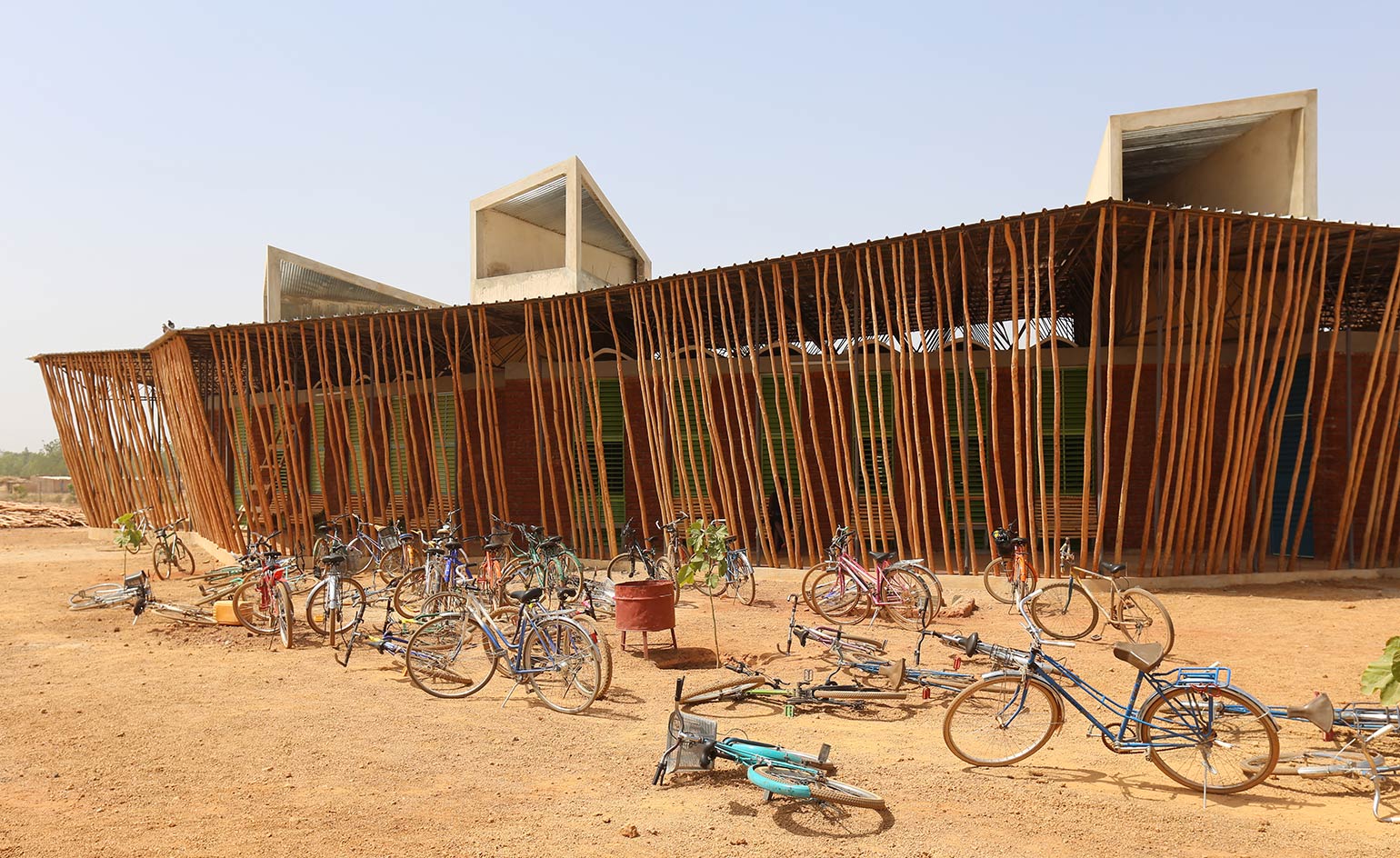
A first survey of the work of Francis Kéré, titled Radically Simple, has been published by Hatje Cantz, tying in with an exhibition of his work at the Architekturmuseum at the Technical University of Munich. Recognised for his socially engaged architectural design, Kéré combines cultural and ecological factors to create buildings which are intelligent to their contexts.
The book curates an overview of his design work, presenting projects from temporary structures and exhibition design to the works he is most well-known for. These include his first project, an elementary school in Gando, Burkina Faso, which won the Aga Khan Award for Architecture in 2004, and also his design for the Operndorf Afrika (Africa Opera Village Africa) with German theatre director Christoph Schlingensief, initiated in 2009.
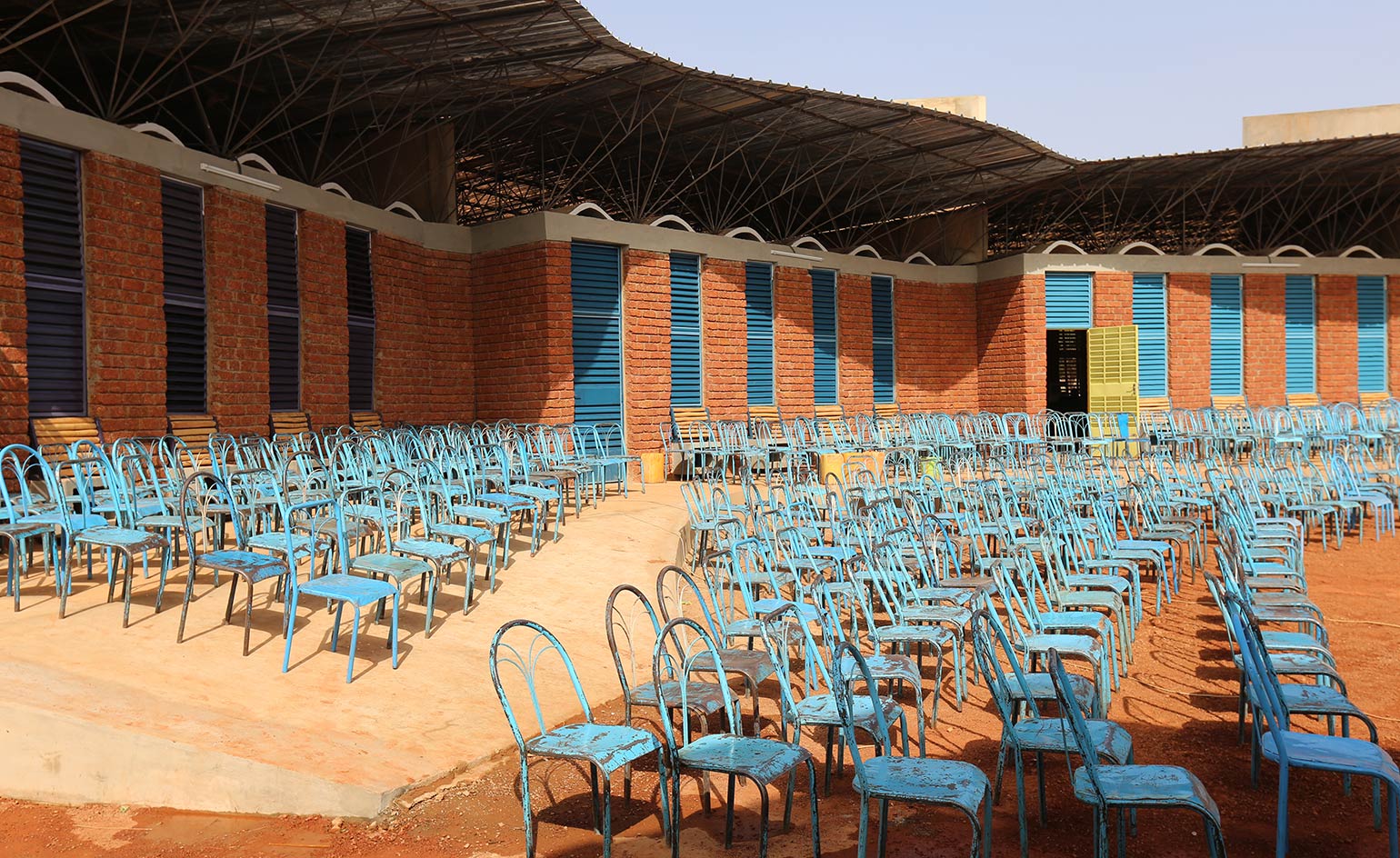
The architect works with locally-sourced materials which are low-tech and sustainable
Currently based in Berlin – he studied at the city's Technical University – Kéré was born in Burkino Faso, where he has completed numerous projects informed by his acute understanding of the cultural landscape, employing local materials and understanding of ecological requirements.
Committed to the communication of his design principles, Kéré has held exhibitions internationally, presenting sensitive installations in locations such as London, Milan, Chicago and Humlebæk, yet the Ayça Beygo-curated exhibition at the Architekturmuseum will be the largest of his works to date.
With contributions from Lesley Lokko, Kerstin Pinther and Peter Herrle, and new images by photographer and video artist Daniel Schwartz, the publication looks to illustrate the international scope of the architect’s designs and inspire a new generation of ethically-minded architects.
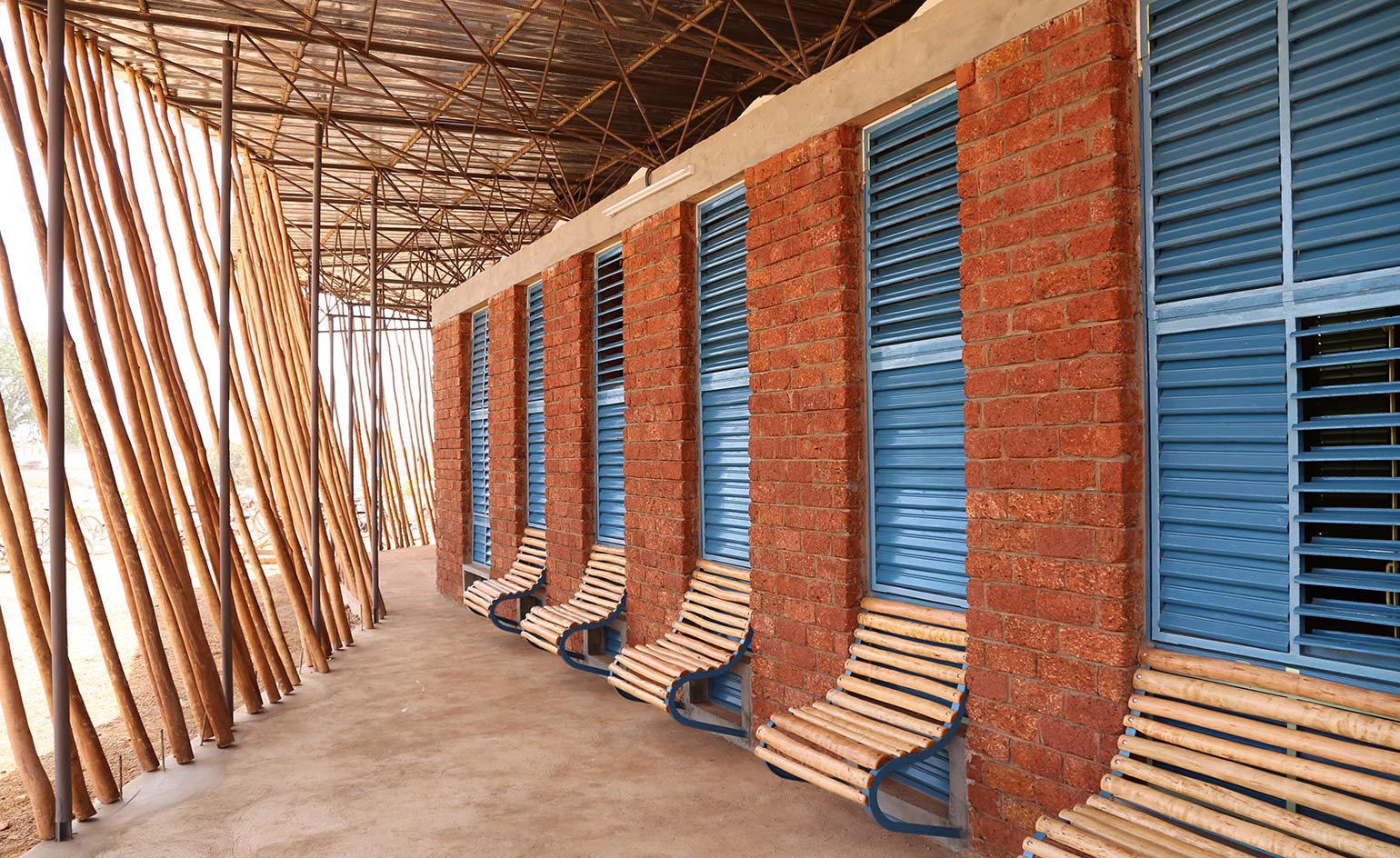
Francis Kéré’s Lycée Schorge in Koudougou, Burkina Faso, completed in 2016.
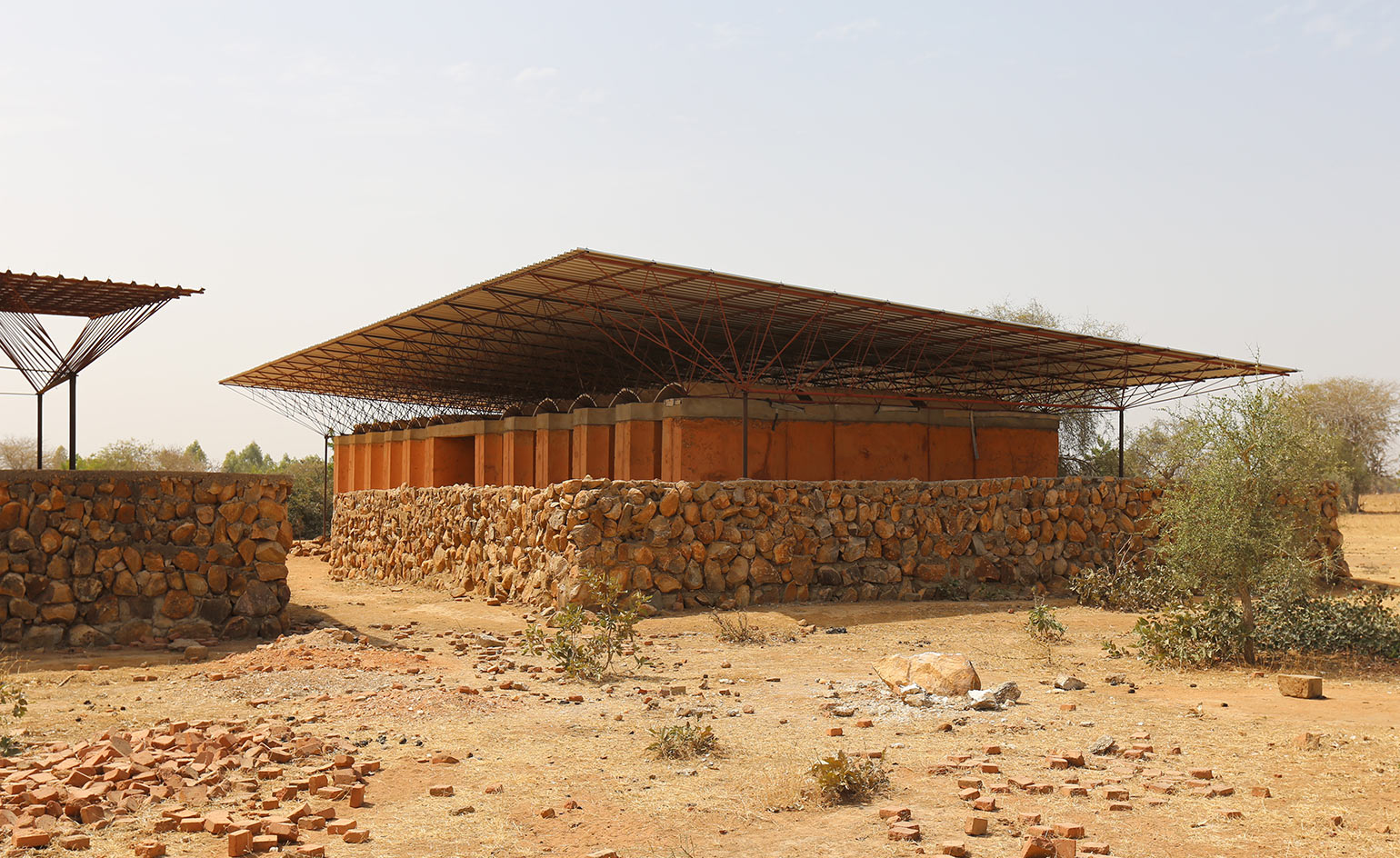
Operndorf Afrika, which Kéré designed in collaboration with Christoph Schlingensief, is a 30-acre complex for theatre and music education
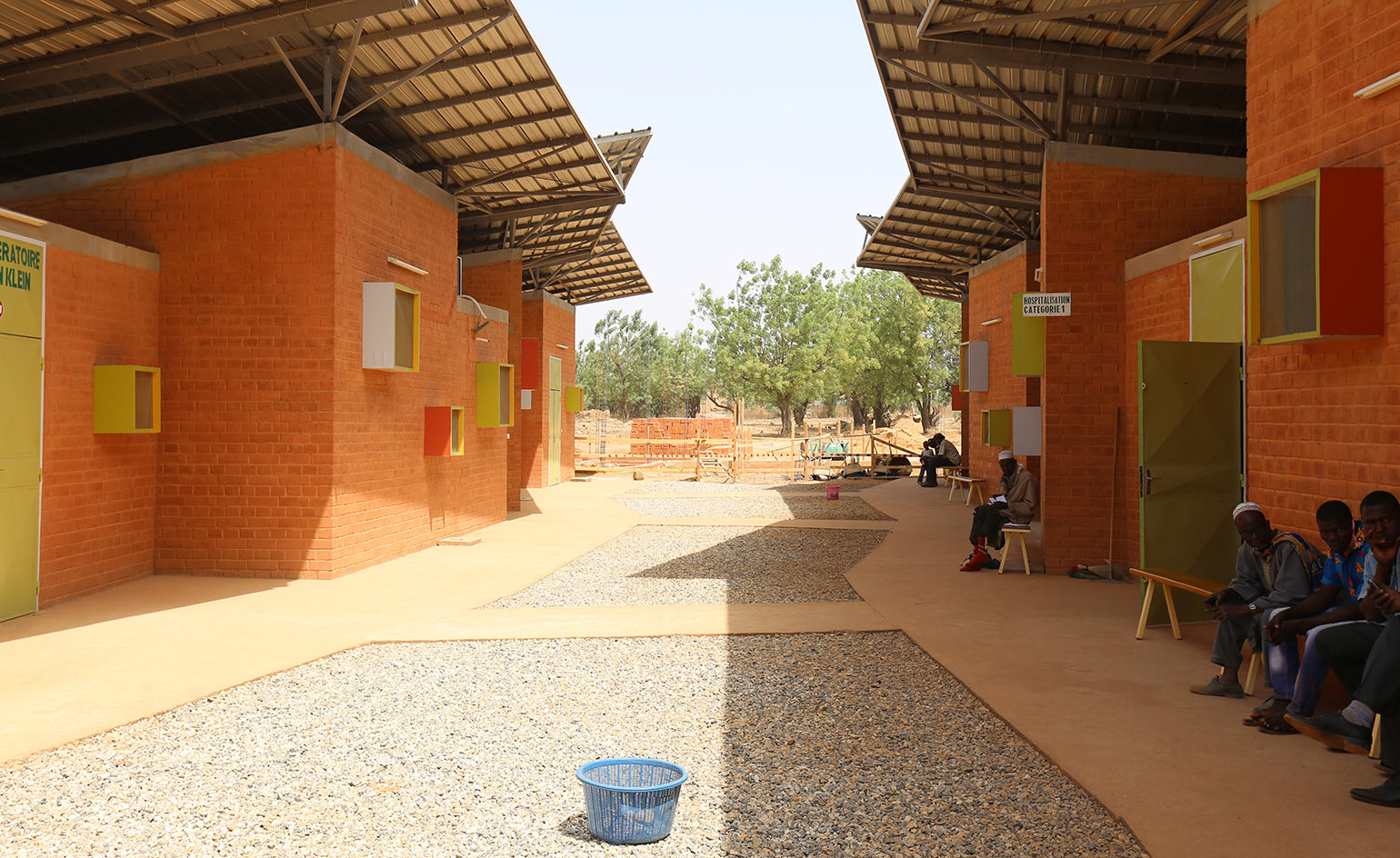
Kéré has completed a number of educational projects in Burkina Faso
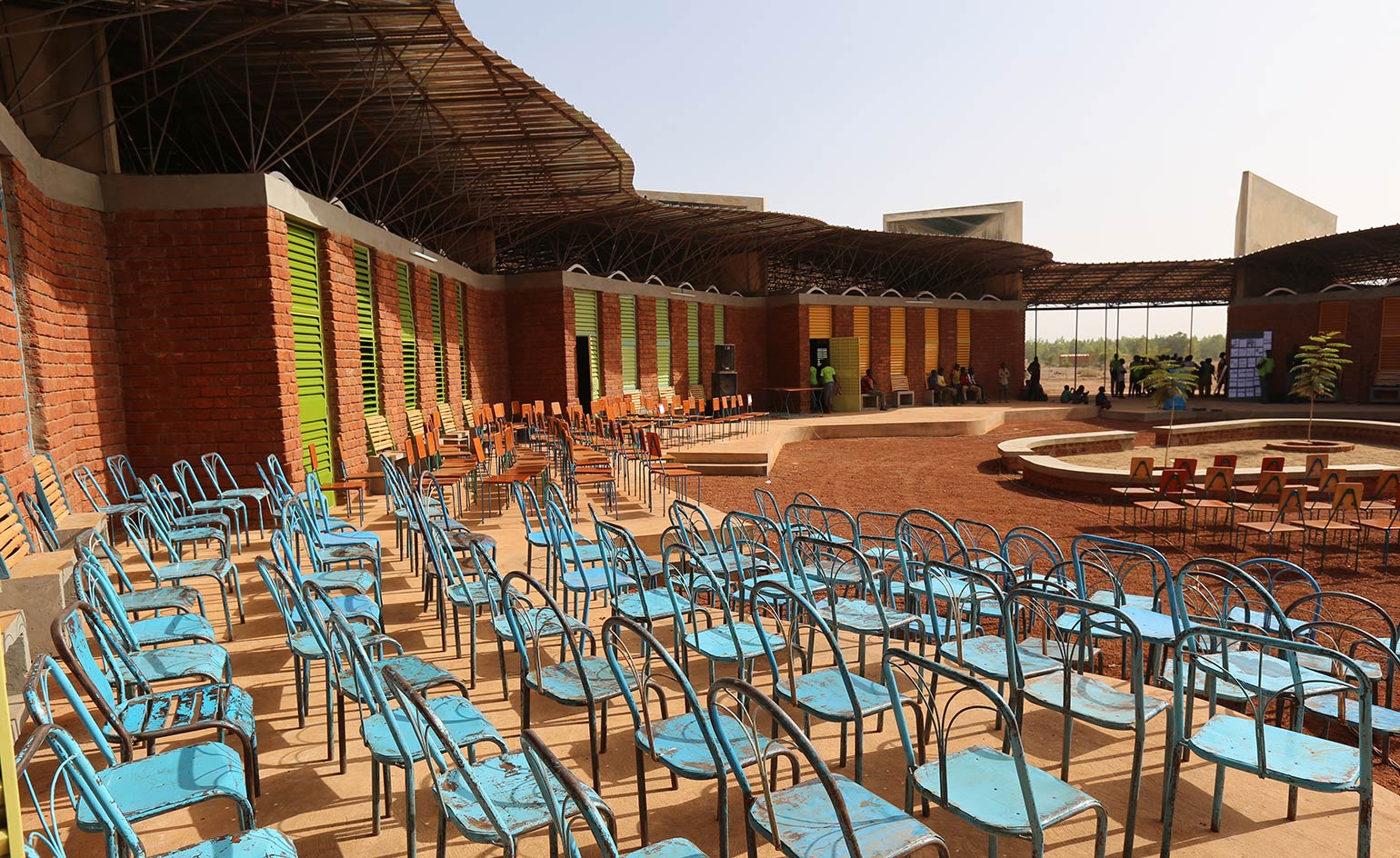
Employing locals to build his designs, Kéré has also trained many workers in skills from carpentry to brickmaking
INFORMATION
Radically Simple, published by Hatje Cantz, €34.80. ‘Francis Kéré: Radically Simple’ will be on show until 26 March 2017. For more information, visit the Hatje Cantz website and the Architekturmuseum at the Technical University of Munich website
ADDRESS
Architekturmuseum at the Technical University of Munich
Arcisstrasse 21
80333 Munich
Wallpaper* Newsletter
Receive our daily digest of inspiration, escapism and design stories from around the world direct to your inbox.
Harriet Thorpe is a writer, journalist and editor covering architecture, design and culture, with particular interest in sustainability, 20th-century architecture and community. After studying History of Art at the School of Oriental and African Studies (SOAS) and Journalism at City University in London, she developed her interest in architecture working at Wallpaper* magazine and today contributes to Wallpaper*, The World of Interiors and Icon magazine, amongst other titles. She is author of The Sustainable City (2022, Hoxton Mini Press), a book about sustainable architecture in London, and the Modern Cambridge Map (2023, Blue Crow Media), a map of 20th-century architecture in Cambridge, the city where she grew up.
-
 Warp Records announces its first event in over a decade at the Barbican
Warp Records announces its first event in over a decade at the Barbican‘A Warp Happening,' landing 14 June, is guaranteed to be an epic day out
By Tianna Williams
-
 Cure your ‘beauty burnout’ with Kindred Black’s artisanal glassware
Cure your ‘beauty burnout’ with Kindred Black’s artisanal glasswareDoes a cure for ‘beauty burnout’ lie in bespoke design? The founders of Kindred Black think so. Here, they talk Wallpaper* through the brand’s latest made-to-order venture
By India Birgitta Jarvis
-
 The UK AIDS Memorial Quilt will be shown at Tate Modern
The UK AIDS Memorial Quilt will be shown at Tate ModernThe 42-panel quilt, which commemorates those affected by HIV and AIDS, will be displayed in Tate Modern’s Turbine Hall in June 2025
By Anna Solomon
-
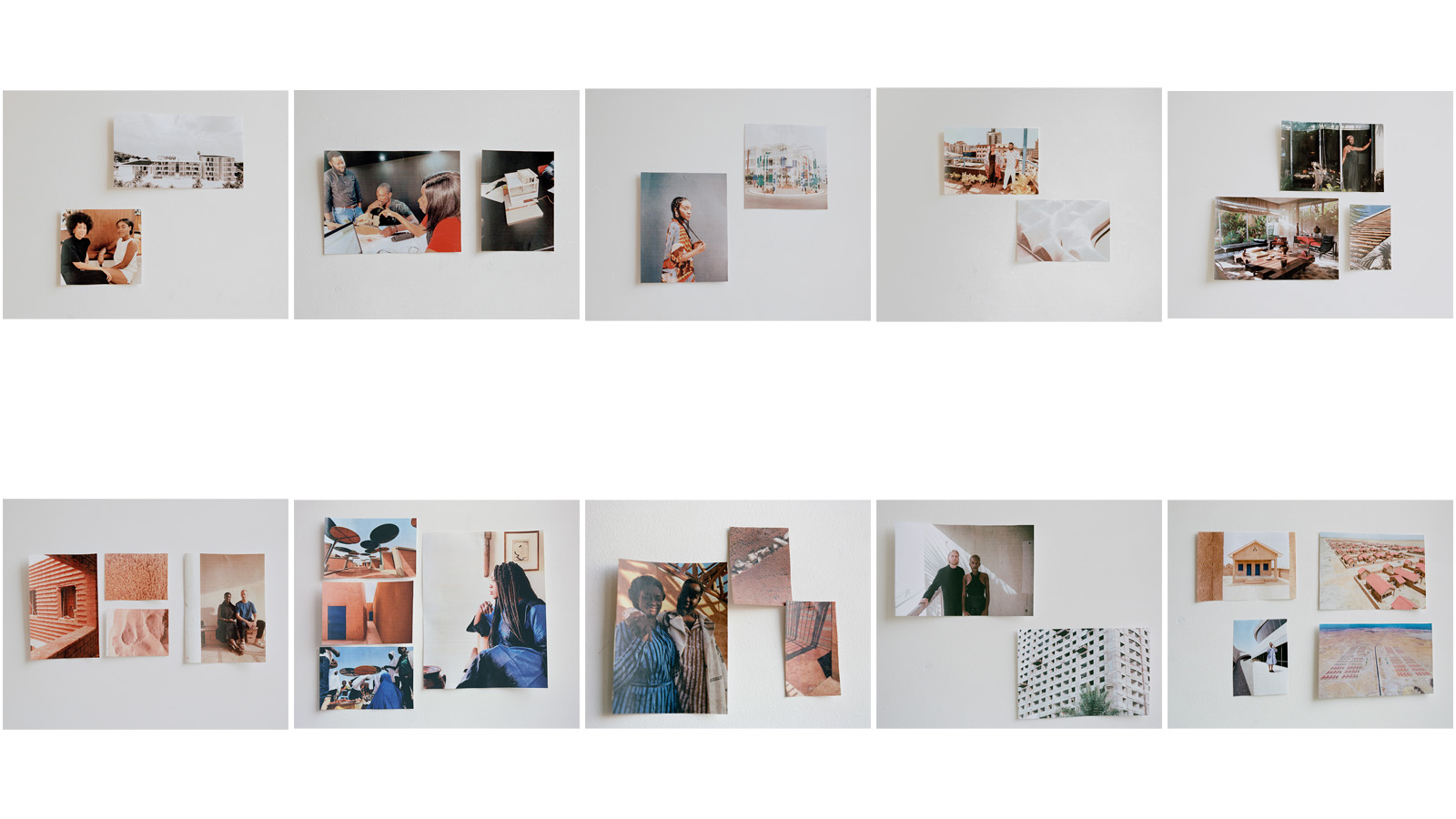 The 10 emerging West African architects changing the world
The 10 emerging West African architects changing the worldWe found the most exciting emerging West African architects and spatial designers; here are the top ten studios from the region revolutionising the spatial design field
By Ellie Stathaki
-
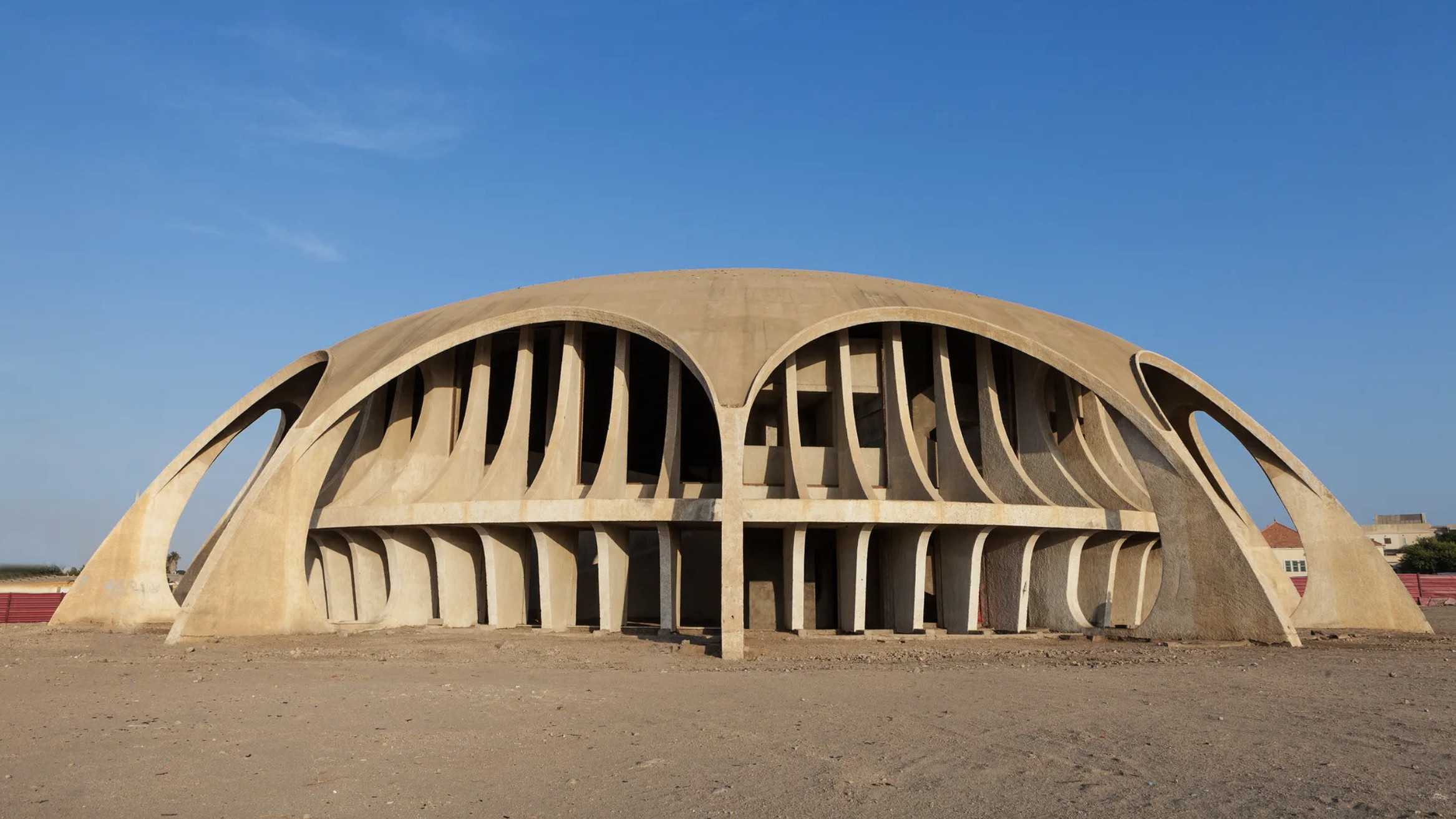 The World Monuments Fund has announced its 2025 Watch – here are some of the endangered sites on the list
The World Monuments Fund has announced its 2025 Watch – here are some of the endangered sites on the listEvery two years, the World Monuments Fund creates a list of 25 monuments of global significance deemed most in need of restoration. From a modernist icon in Angola to the cultural wreckage of Gaza, these are the heritage sites highlighted
By Anna Solomon
-
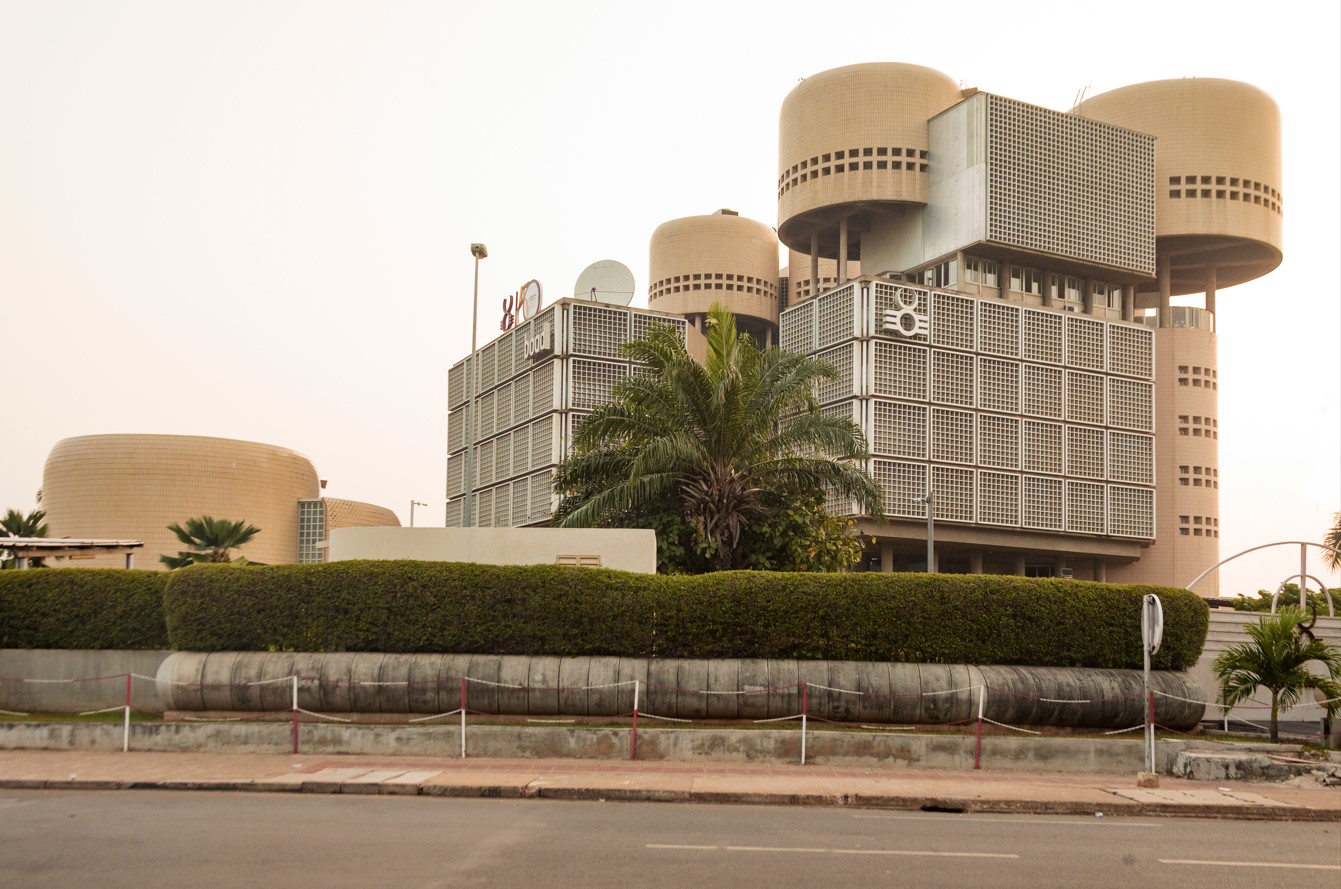 ‘Architecture Encounters’ traces period-defining built environment stories in Togo and West Africa
‘Architecture Encounters’ traces period-defining built environment stories in Togo and West Africa‘Architecture Encounters’ (Les Rencontres Architecturales de Lomé) in Togo celebrates and explores West Africa’s rich heritage through the prism of conservation and transformation, kicking off with two days of talks, workshops, exhibitions and tours at Palais de Lomé
By Ijeoma Ndukwe
-
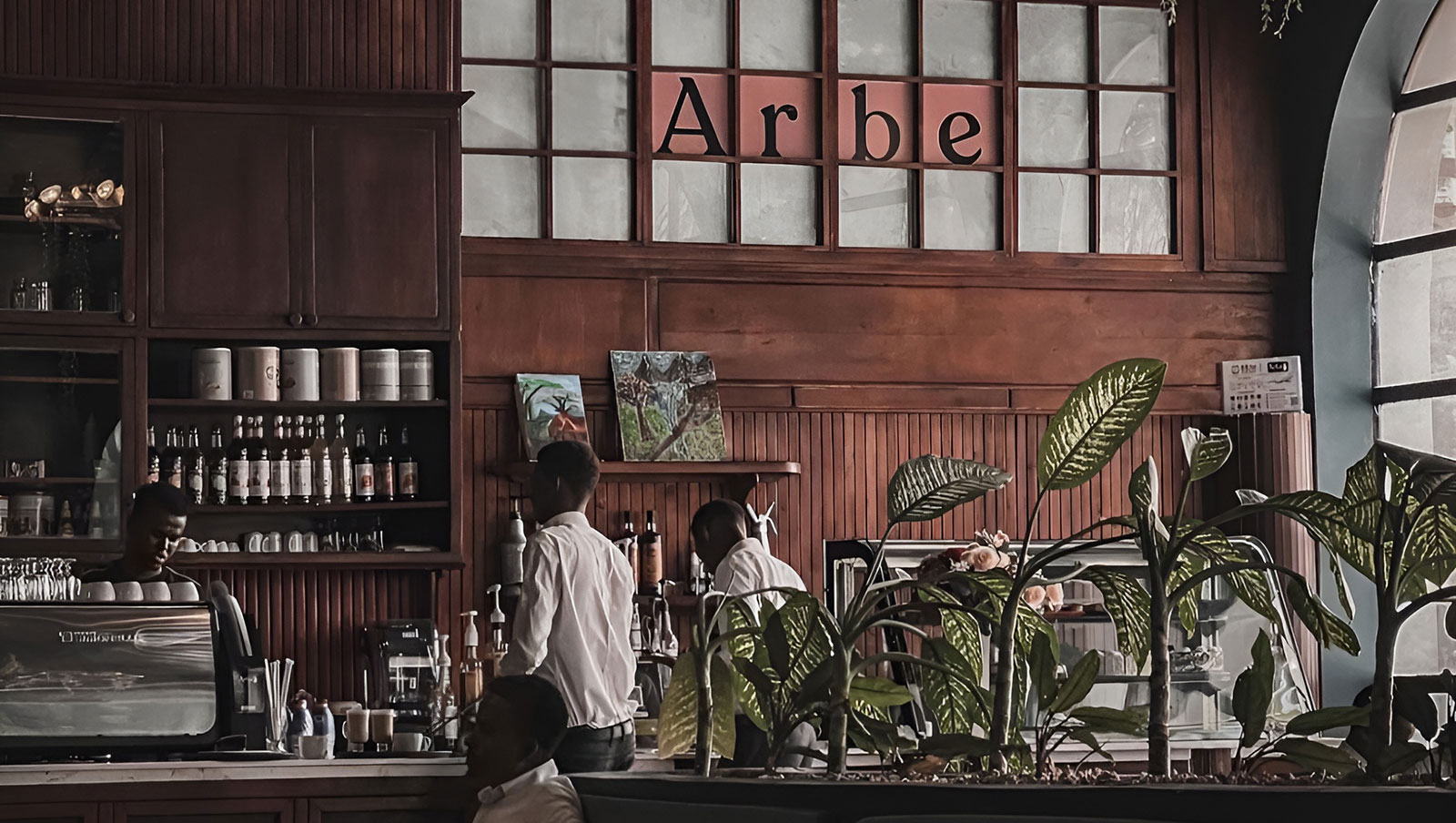 A Somali café by Omar Degan supports community in Mogadishu
A Somali café by Omar Degan supports community in MogadishuArbe, a Somali café by Omar Degan, offers a gathering hub for the community in Mogadishu
By Ellie Stathaki
-
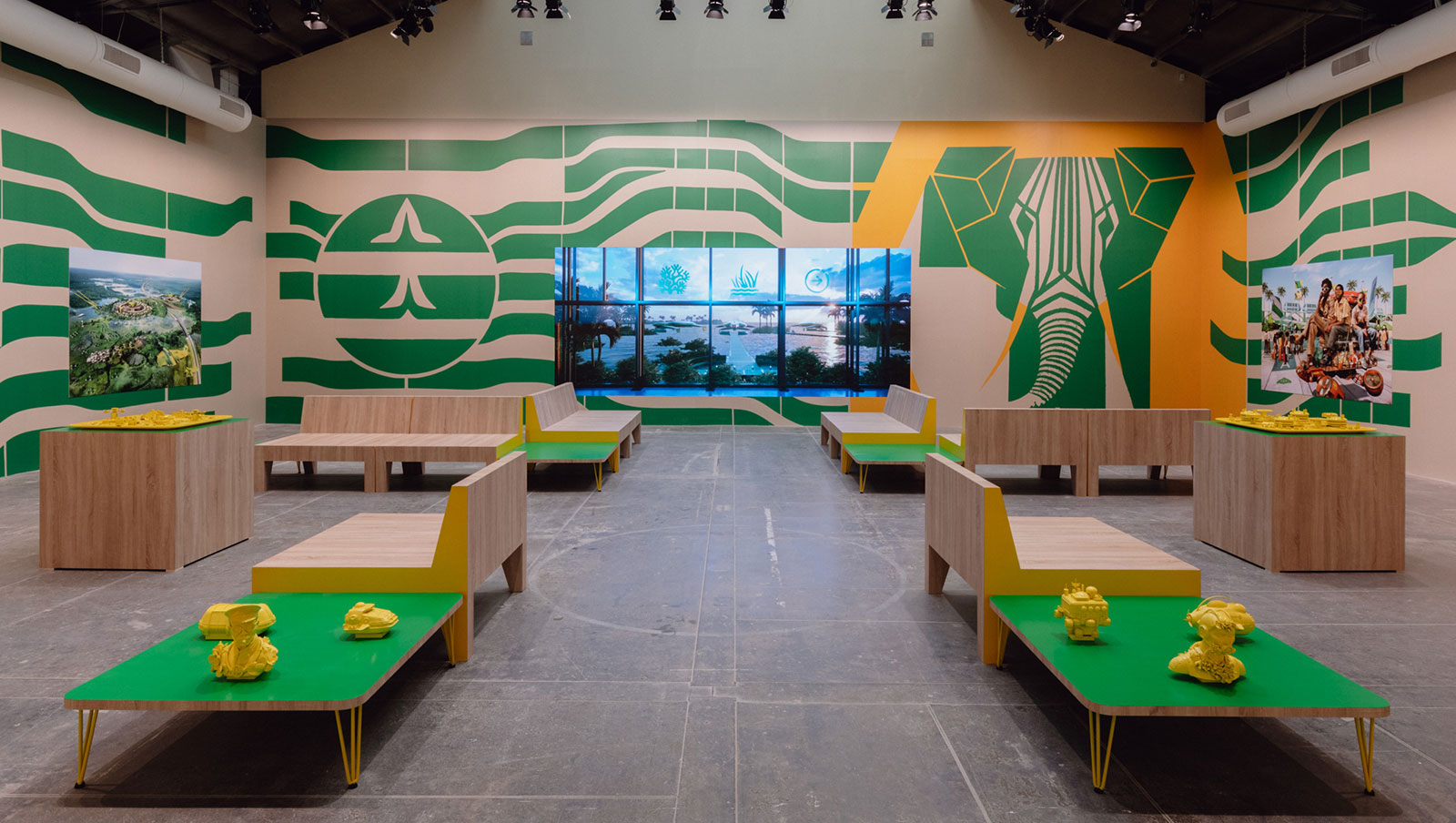 Venice turns into ‘laboratory of the future’ with 18th Architecture Biennale opening
Venice turns into ‘laboratory of the future’ with 18th Architecture Biennale openingCurator Lelsey Lokko’s theme, ‘The Laboratory of the Future’, brings passion, intensity and imagination to the Venice Architecture Biennale 2023, while placing Africa at its heart
By Ellie Stathaki
-
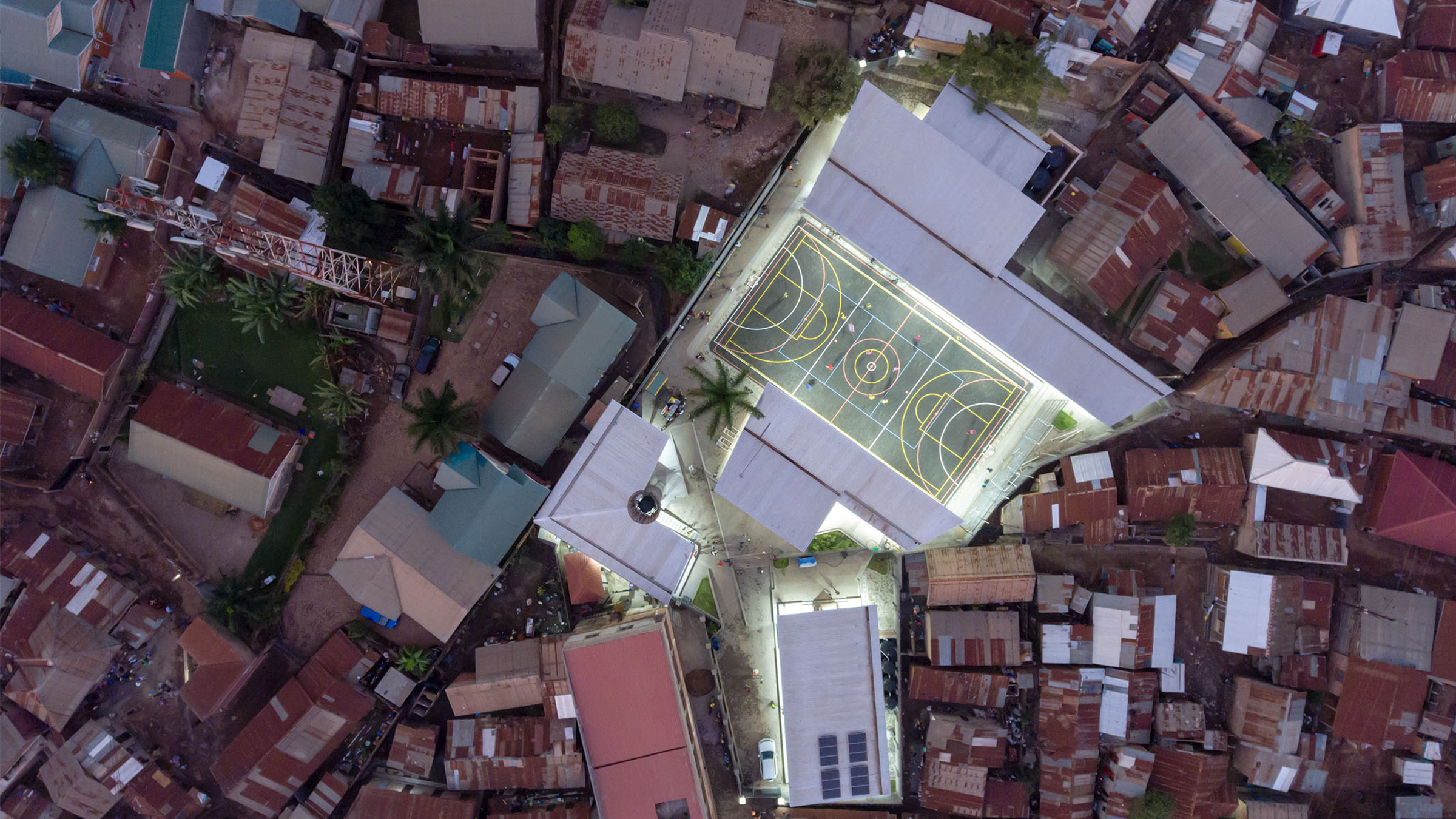 Kéré Architecture’s Uganda community centre provides safety and opportunity
Kéré Architecture’s Uganda community centre provides safety and opportunityA Uganda community centre created by Kéré Architecture was designed with development in mind
By Martha Elliott
-
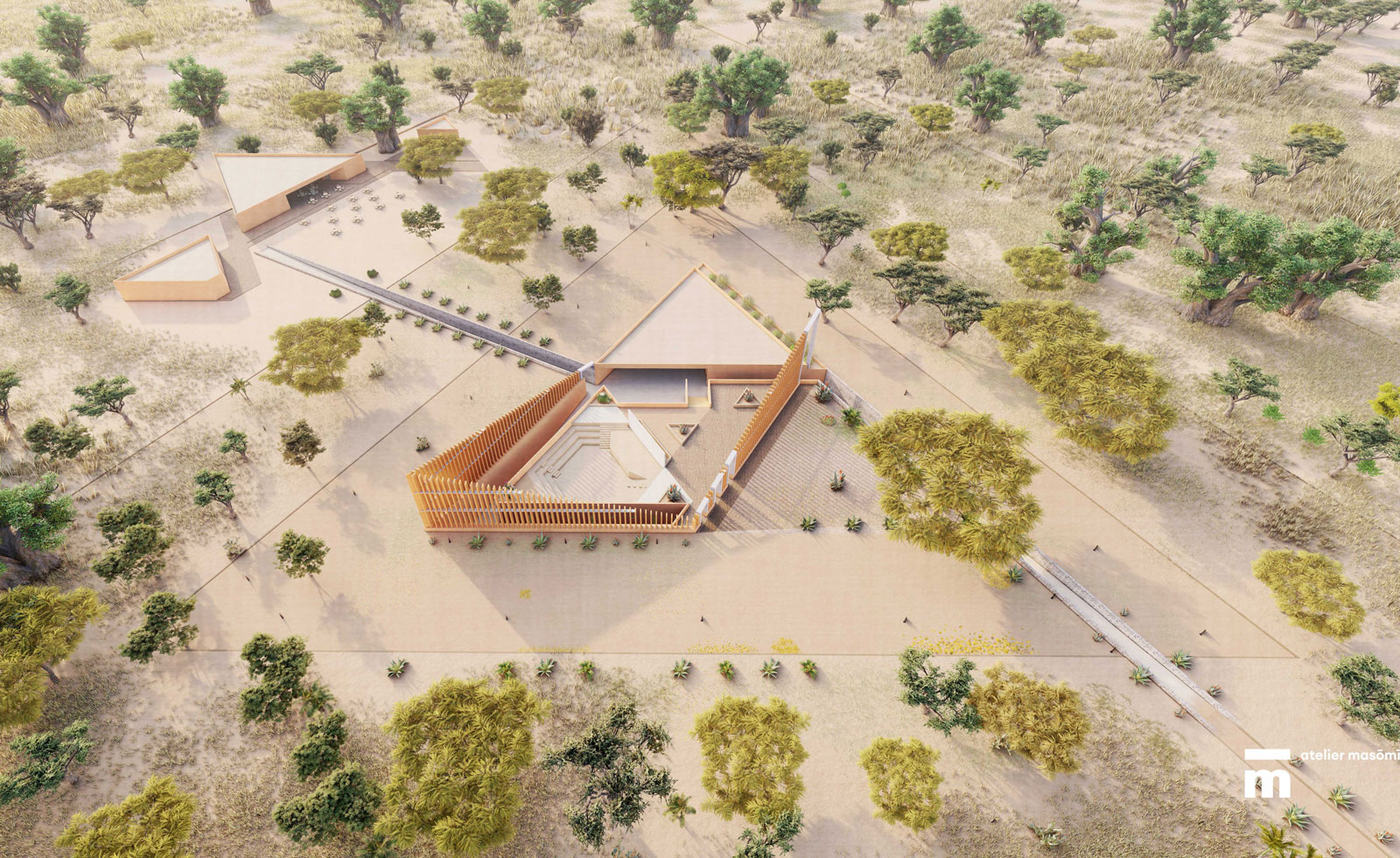 Mariam Issoufou Kamara to design Bët-bi museum in Senegal
Mariam Issoufou Kamara to design Bët-bi museum in SenegalMariam Issoufou Kamara, founder of Atelier Masōmī in Niger, has been selected by a jury to lead the design of the new Bët-bi museum in the Senegambia region of West Africa
By Hannah Silver
-
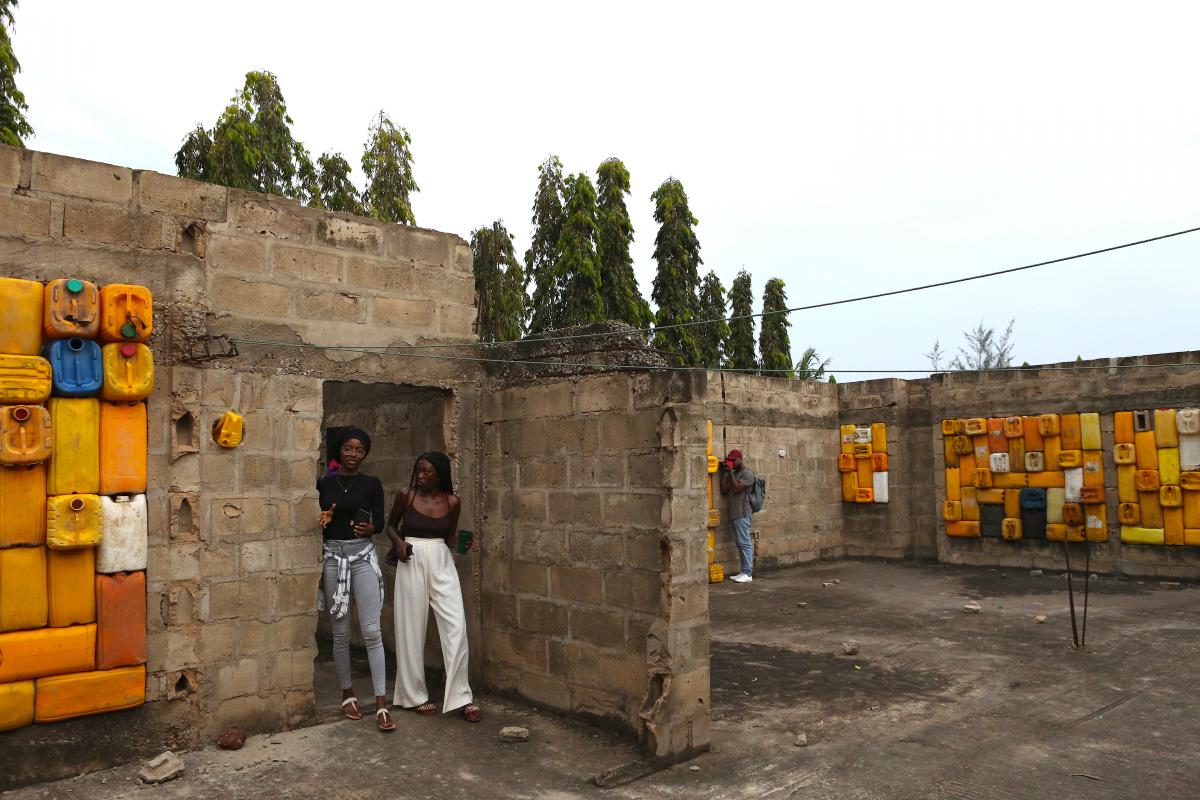 Limbo Accra talks African creativity through our series of profiles
Limbo Accra talks African creativity through our series of profilesIn a profile series with Ghanaian spatial design studio Limbo Accra, we meet its rich network of collaborators and celebrate creativity in Africa and its diaspora
By Nana Ama Owusu-Ansah